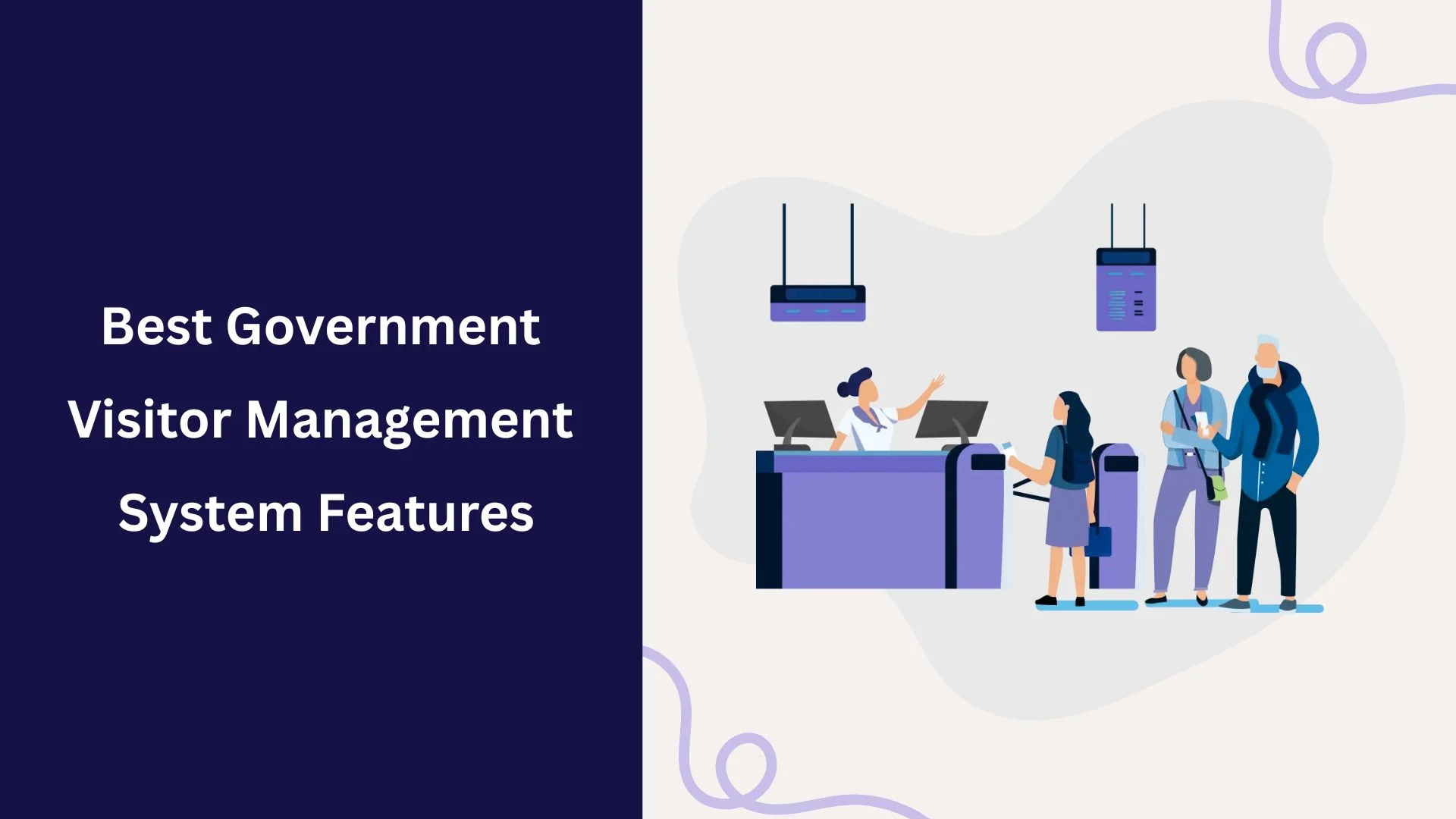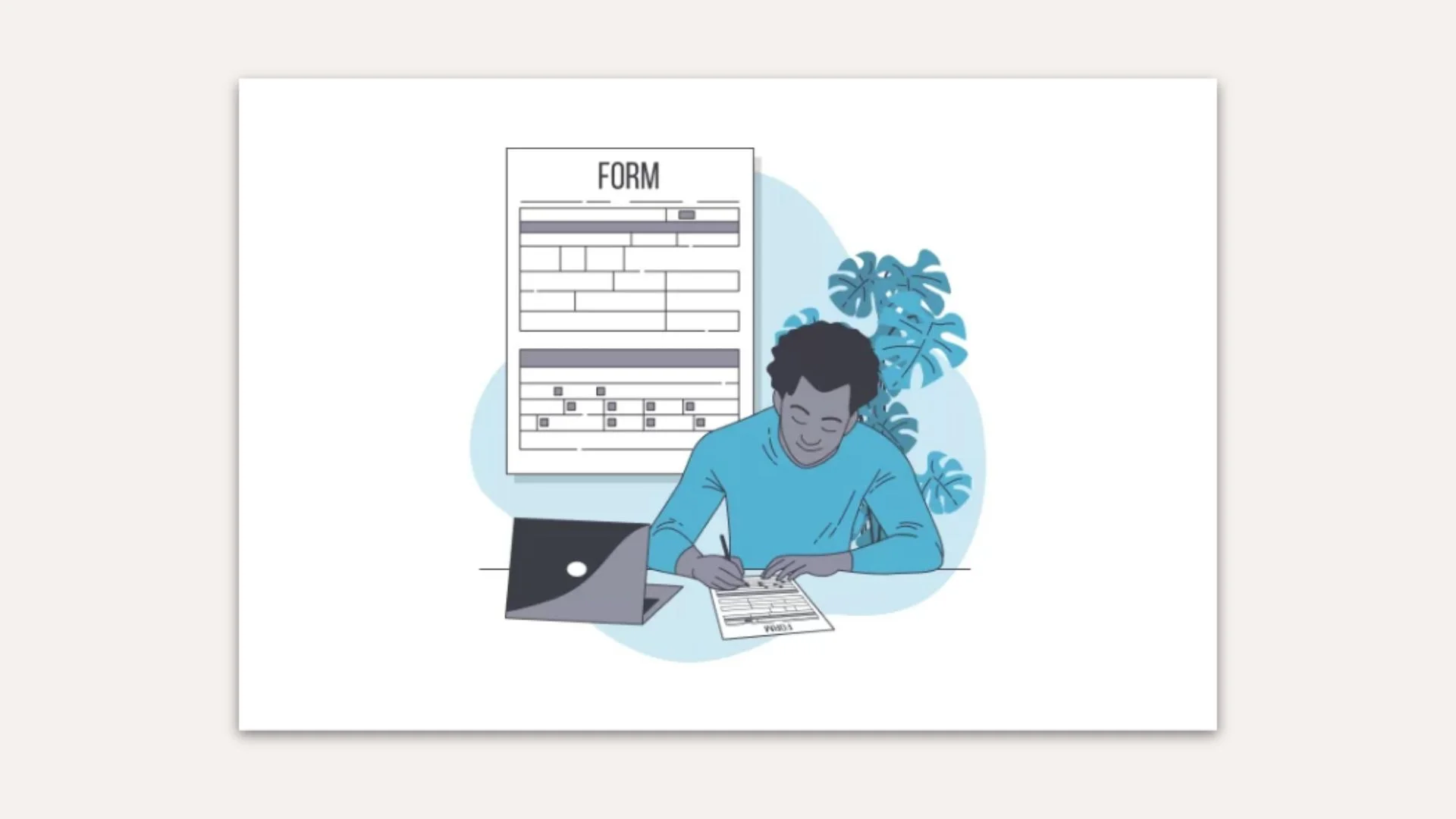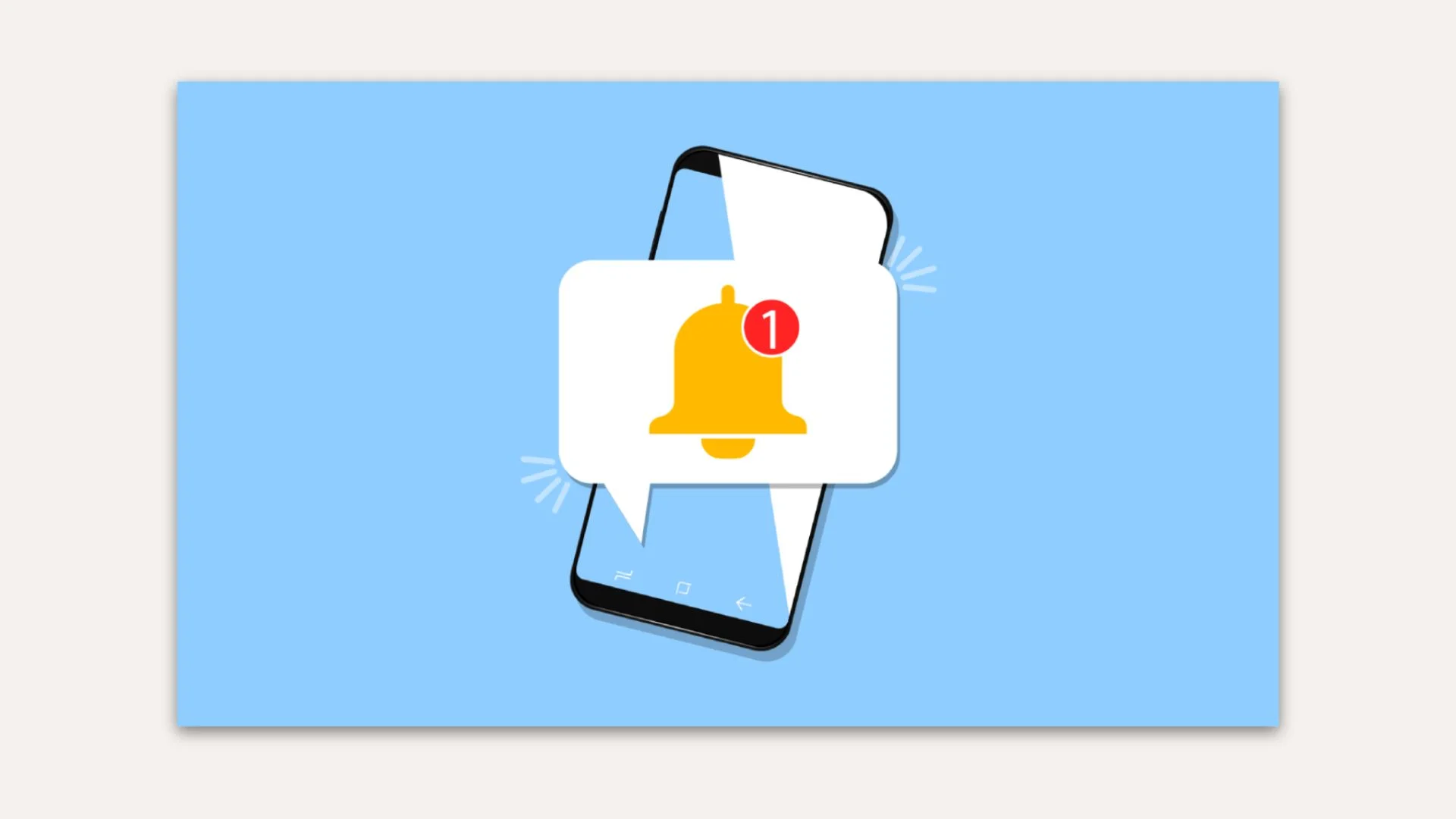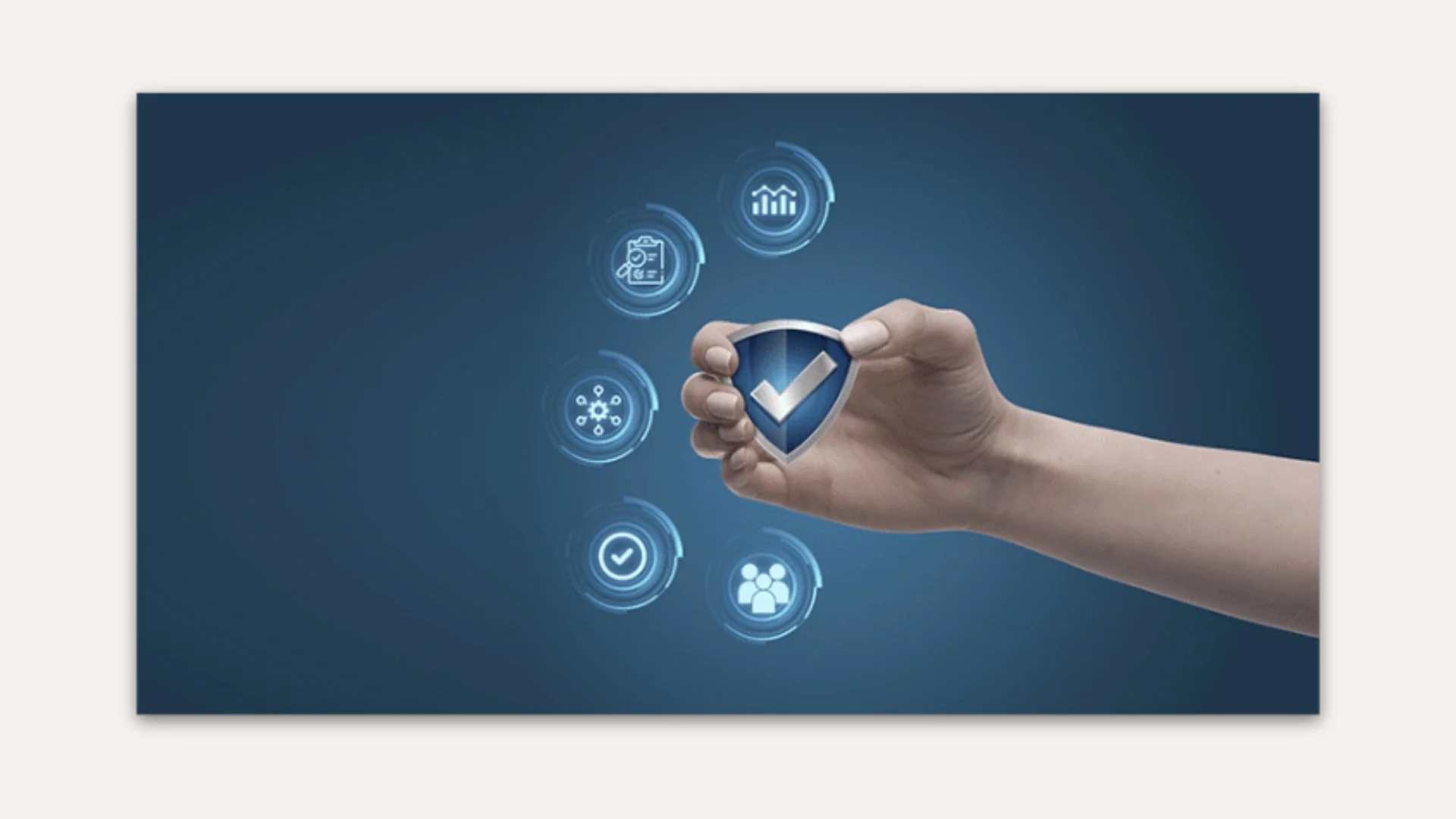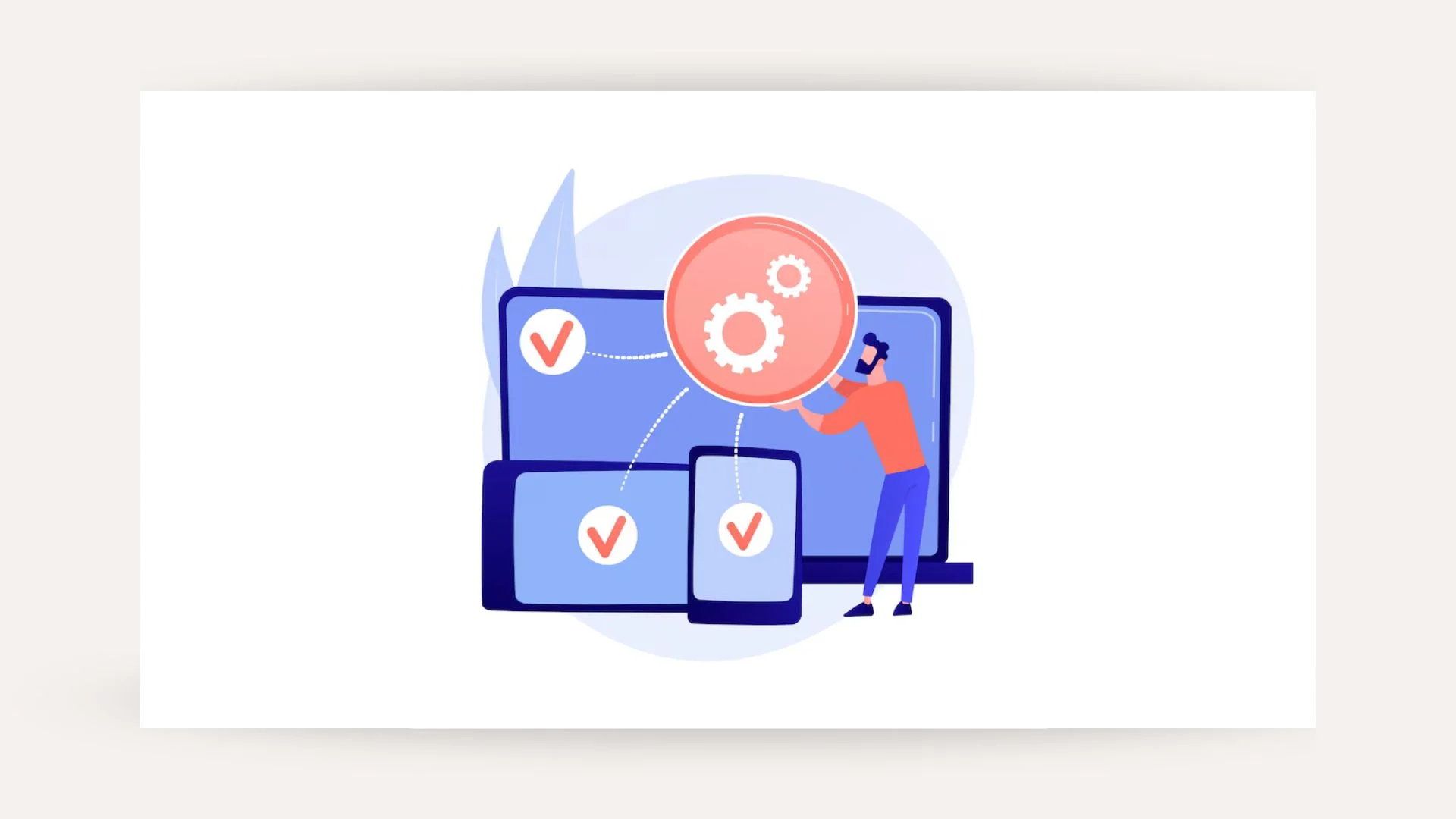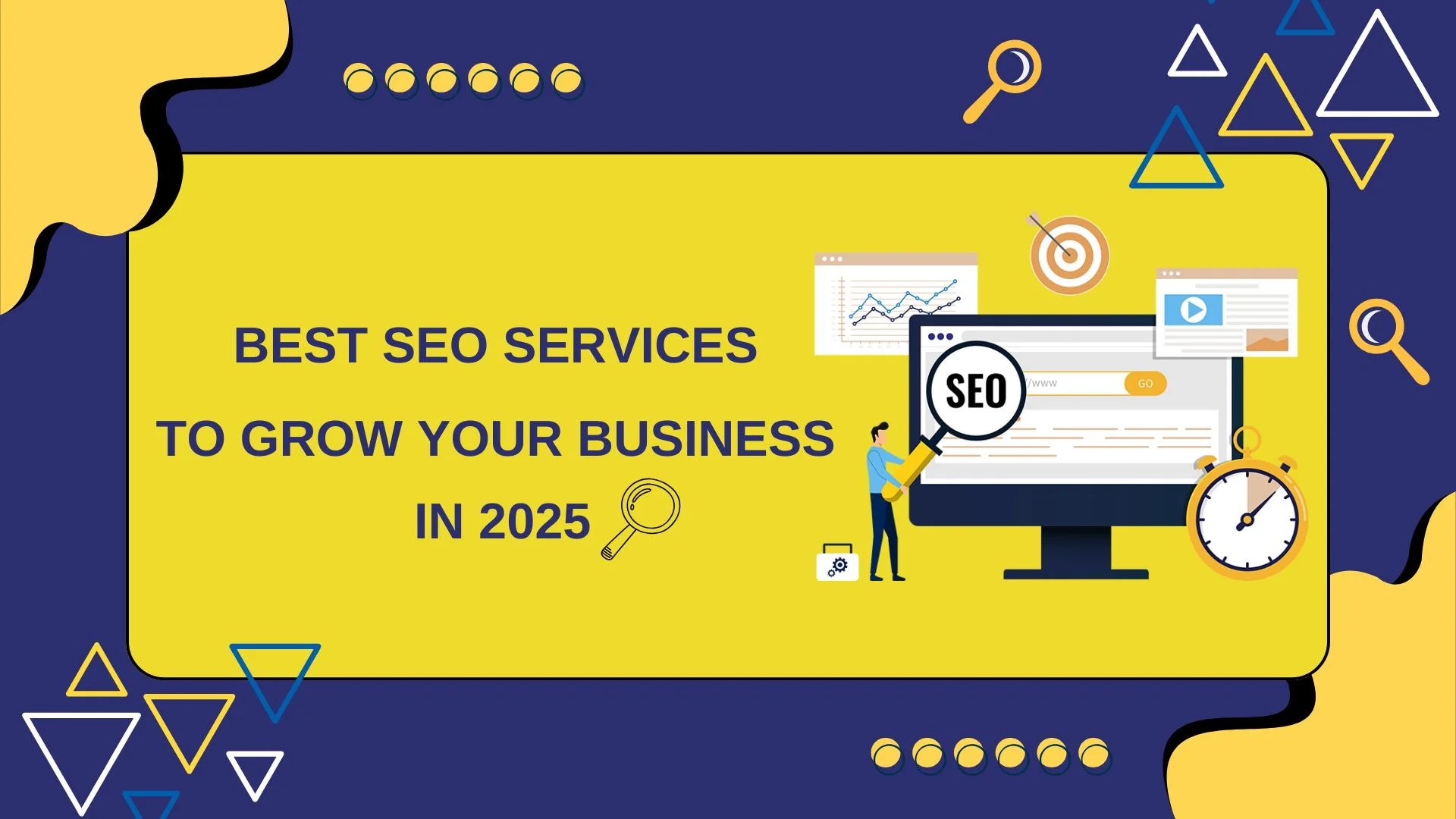Government departments are among the busiest public areas, with many serving hundreds of citizens on an everyday basis across various departments. From the issuance of permits and licenses to processing legal, medical, or taxation-related services, the numbers and types of walk-ins require effective systems to regulate the flow of visitors. Gone are the days of the old pen and paper sign-in or makeshift remedies. That is where a strong visitor management system proves to be invaluable—and particularly one that is integrated with appointment scheduling software, an effective appointment and queue management system, and a cloud-based SaaS Queue scheduling solution. So how do you find the right solution for your agency? Let’s take it step by step through what to consider, what features are important, and how it affects citizens and administrative staff. We will explore what makes a great government visitor management system.
Why Government Offices Need a Visitor Management System
The stakes are high in the government offices. Inefficient queues and unorganized services may frustrate citizens as well as overload the staff. A contemporary service booking management system makes every operation orderly and efficient — from online booking of a slot to check-in, waiting, and being served.
Here is what an ideal system should fix:
- Large crowds and long wait times
- Lack of visibility into employee workloads
- The absence of data about visitors
- Inefficient front-desk operations
- Insufficient pandemic safety procedures (for example, crowding)
Not only can an extensive scheduling and queue management system automate the majority of these procedures but also enhance citizen satisfaction and minimize administrative stress.
Key Features to Look For
When evaluating options, you need more than just a digital check-in tool. A good visitor management system for government agencies should include the following:
-
Appointment Scheduling and Pre-Visit Forms
Seek out scheduling software that enables citizens to schedule appointments online. This distributes the foot traffic and minimizes wait times. Added points if it also enables visitors to provide documents ahead of time through pre-visit forms.
-
Queue Management Integration
Ensure the system offers or connects with a queue management solution. Walk-ins and appointment holders should be managed through a unified dashboard that reflects real-time updates. A system like this ensures transparency and fairness in service order.
-
Kiosk & Remote Check-In
Touchscreen kiosks, QR code check-in, and digital sign-in features are essential. These facilitate easy registration for visitors and also provide contactless service — essential for public health and disability access.
-
Real-Time Notifications
Automated screen and text alerts inform citizens when it is their turn. This system lessens the workload on front desk staff, who otherwise must do the calling out or directing personally.
-
Service Routing
In government agencies that have various types of services (for example, licenses, taxes, and social services), your service appointment management system needs to incorporate smart routing — sending every citizen to the appropriate department or agent for the service type selected by them.
-
Analytics and Reporting
Data insights are critical for planning purposes. Reports on wait times, footfall, employee performance, and service trends should be offered by your visitor management system. These reports enable data-driven decisions and the optimal operation of the system.
Must-Have Qualities in a Government-Ready System
Beyond features, consider these factors to ensure your chosen system fits the needs of a public office:
-
Security and Compliance
Government agencies deal with sensitive information. Your queue and appointment management system needs to comply with strict data privacy regulations (e.g., GDPR, HIPAA) and provide features such as role-based authorization, encryption, and safe storage of data.
-
Scalability
Begin small but dream big. You may be a city hall with 2 desks or perhaps a regional DMV office with 10. Either way, you should scale as you grow. That is, you should be able to easily add new departments, new services, or new locations.
-
Ease of Use
Your employees do not need to spend several weeks learning. A well-designed scheduling software should provide an easy-to-use interface for employees and citizens and should be multilingual and mobile-enabled.
-
Customizability
Government workflows are not typically one-size-fits-all. Pick an app with the ability to customize form fields, types of appointments, notification messages, branding, and user flows to fit your internal organization and public service approach.
Questions to Ask Vendors Before Choosing
- Does the system integrate with my existing tools (e.g., CRM, document management, access control)?
- Can I manage both appointments and walk-ins from a single dashboard?
- What type of support is available post-implementation (live chat, phone, on-site training)?
- Can citizens book appointments from multiple channels — website, phone, in person?
- How do you ensure data privacy and uptime security?
The answers to these questions will help filter out vendors that aren’t equipped to handle the unique needs of a government setting.
Real-World Results: What Success Looks Like
Agencies that implement an effectively designed appointment and queue management system tend to realize outcomes such as:
- Decrease in average wait times
- Drastic decline in no-shows because of automated reminders
- Increased employee satisfaction through systematic workflows
- Positive customer response because of quicker and friendlier service
- Actionable insights into services from data analysis
For instance, one government office which handled more than 200 visitors on a daily basis adopted an e-service appointment management system and realized streamlined workflows, fewer walk-in interruptions, and increased case-specific activities
Government Visitor Management System: Final Thoughts
Selecting the appropriate visitor management system for your government office can revolutionize the way you provide public services. It is not merely about exchanging a clipboard for a tablet—it is about instilling order, organization, and efficiency into the way you serve the public.
By using an all-in-one solution featuring scheduling software, real-time queue monitoring, and comprehensive reporting, you can decrease administrative burden, serve more individuals, and achieve improved public results.
If you’re looking to make things run smoother at your office, it might be time to switch to smarter appointment and queue tools built for government needs.
Government Visitor Management System: nandbox App Builder
If you want to build a native mobile app without coding that can transform how your public office operates, then the nandbox AI-powered native app builder is the best choice! It allows you to build full-featured iOS and Android apps that are both secure and scalable without writing a single line of code. You can build a fully branded native mobile app with some useful features such as scheduling and notifications.
FAQ
Why do government offices need a visitor management system?
To manage high foot traffic efficiently, reduce wait times, enhance security, and improve the overall citizen experience through structured service delivery.
What features should a government VMS include?
Appointment scheduling, real-time queue management, remote check-in, data capture, secure access control, multilingual support, and analytics/reporting tools.
How many types of visitor management systems are there?
Generally, there are three types: manual (paper-based), semi-digital (spreadsheets, basic sign-in tools), and fully digital systems with appointment and queue integration.
